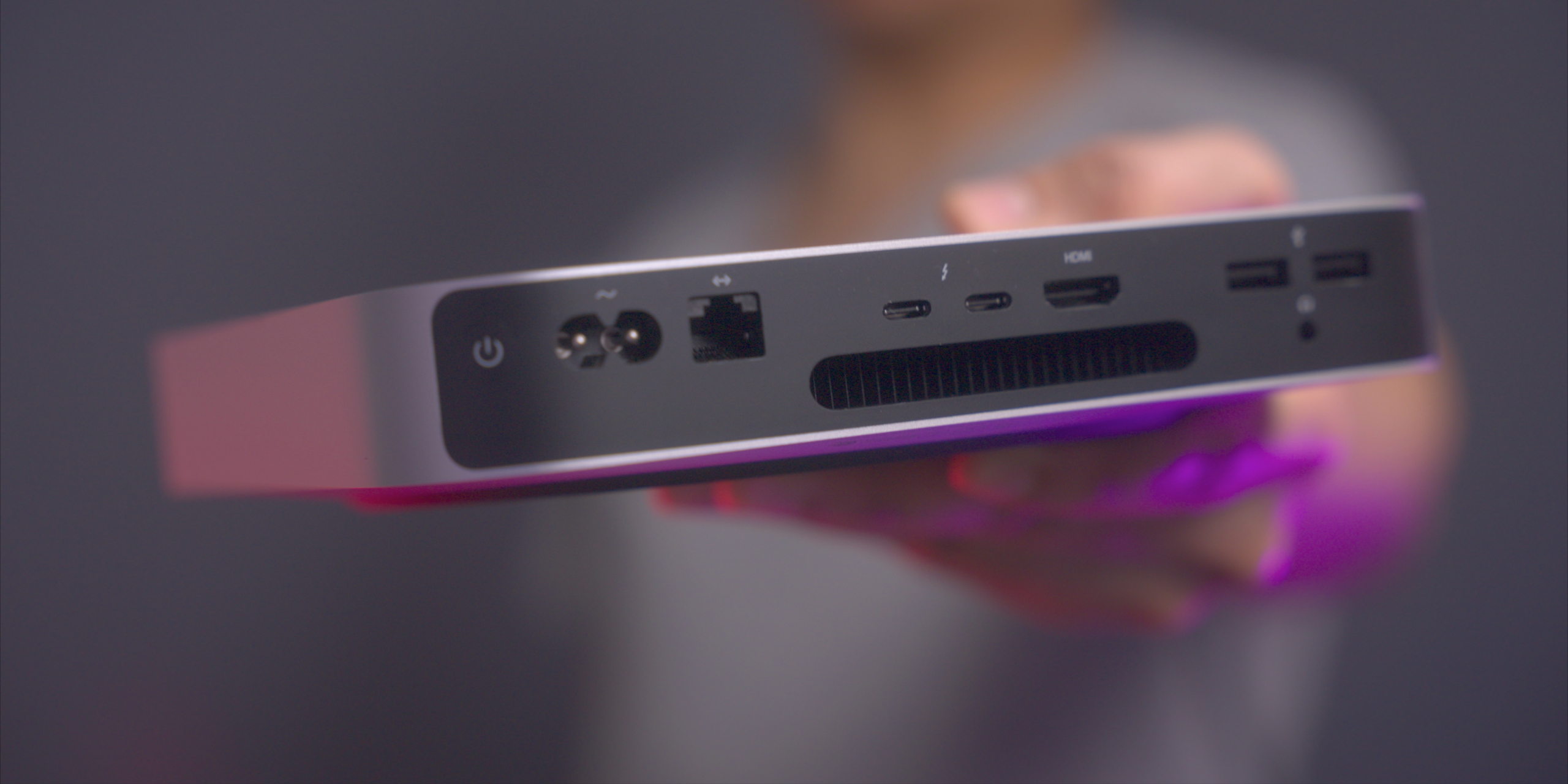

- Mac mini for development 2014 pro#
- Mac mini for development 2014 software#
- Mac mini for development 2014 mac#
So we were hoping for a 2014 model, which was finally released last week.
Mac mini for development 2014 mac#
We wanted to buy a new machine in 2013, but no new Mac Mini model was released that year. All that mattered was somewhat decent compile times, which depend on the clock speed of the CPU and the number of its cores. Also, these machines usually sold at around 3 to 4 times to price of a maxed-out Mac Mini.
Mac mini for development 2014 pro#
We always considered the purchase of an Xserve (while it was still around) or Mac Pro as overkill, because we neither needed a lot of graphics power, internal storage capacity, nor redundant power supplies for continuous integration. Up to this date we use an aging Mac Mini Mid-2010 for continuous integration, but the machine has become painfully slow compared to a current Mac (Book) Pro most of the developers in my company use. Usually, test builds are distributed by the continuous integration machines, too.
Mac mini for development 2014 software#
Speed matters here, because you wan’t all projects that are affected by late-afternoon code checked before the developer goes home.Īlso, if a developer has been fixing a specific bug, he wants the fixed version of the software project in the hands of his testers as fast as possible, so these people can check if the bug has indeed been fixed. Hence, a change that only effects a single line of code my trigger a dozens of build and test jobs. With continuous integration setup right, the change will trigger builds and tests for all software projects that depend on the affected module. When a developer makes a change to such a module, for instance to add a new feature into application A, he is usually not aware that application B also depends on that code module (at least that’s the case with me).

because of a client’s security policy.Ĭontinuous integration is especially handy, when you are working with code modules that are shared between different projects. There are even hosted continuous integration services like Travis, but depending on the project you are working with, these services are not always an option, e.g. Should any of these tasks fails, the developer that made the breaking change gets notified and is hopefully able to fix the problem, before co-workers are on his or her throat.Ĭommon software tools, that are used for continuous integration are Hudson or Apple’s own Xcode Server.

Whenever a change is checked into this repository, this continuous integration server tries to compile the changed source (if the source code is written in a programming language which needs to be compiled into machine code) and executes tests to confirm that the code does what it is intended to do. With continuous integration there’s a dedicated server monitoring the code repository a group of developers uses to store the code for their software projects. But many of these Mac Minis have been used for continuous integration. Some of these machines were used for standard server issues, like serving web pages or database entries. My company purchased a around a dozen of different Mac Minis since its introduction in 2005.


 0 kommentar(er)
0 kommentar(er)
